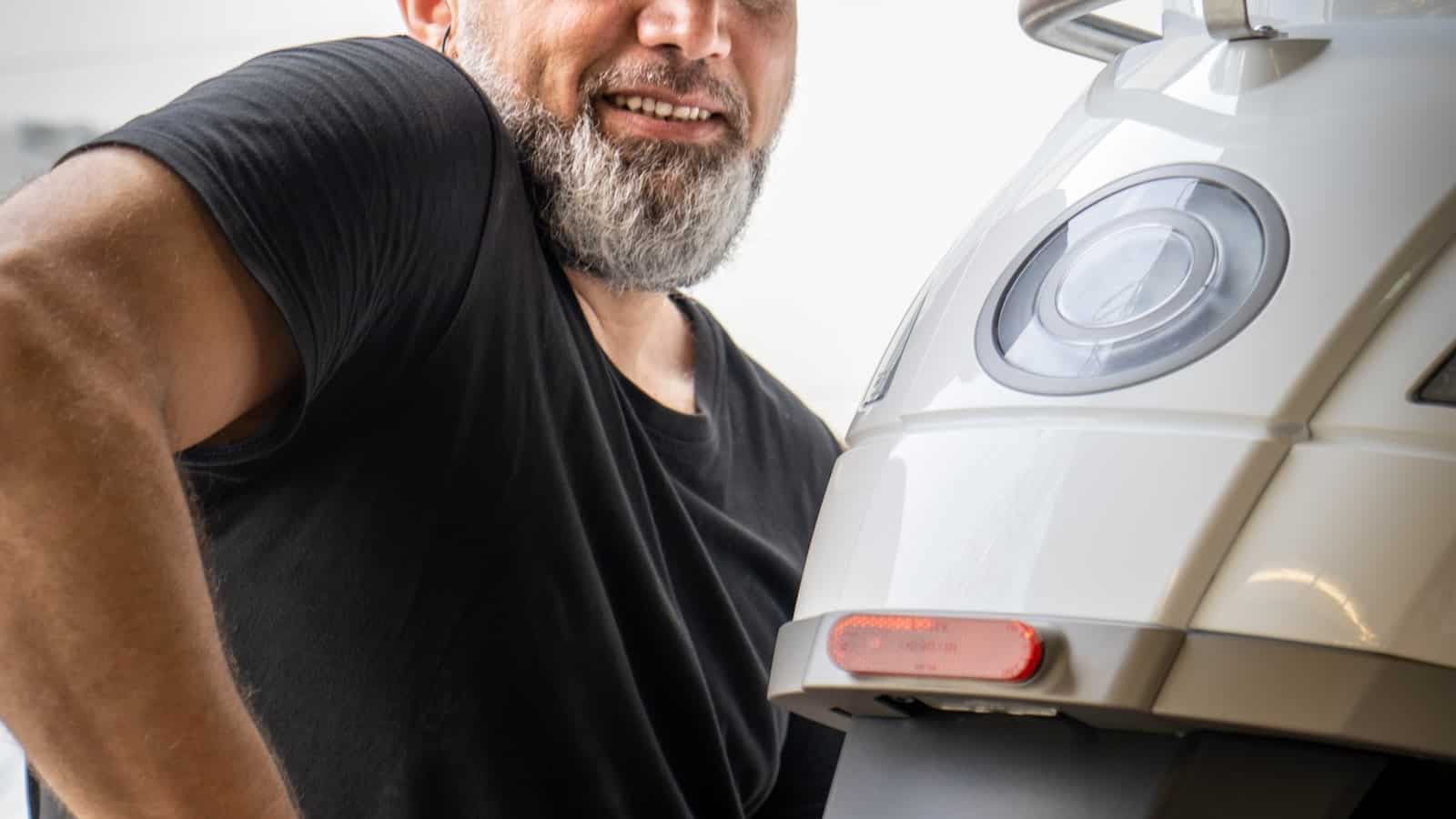
PCB Assembly Blog
-
 Read more: Why Choose RayMing Assembly service for Your PCB Requirements?
Read more: Why Choose RayMing Assembly service for Your PCB Requirements?What is PCB Assembly? Before we dive into the benefits of choosing RayMing Assembly Service, let’s first understand what PCB assembly is. PCB, or printed circuit board, is the backbone of any electronic device. It’s a flat board made of insulating material, such as fiberglass or plastic, with conductive tracks, […]
-
What are standard PCB thicknesses?
Posted by
–
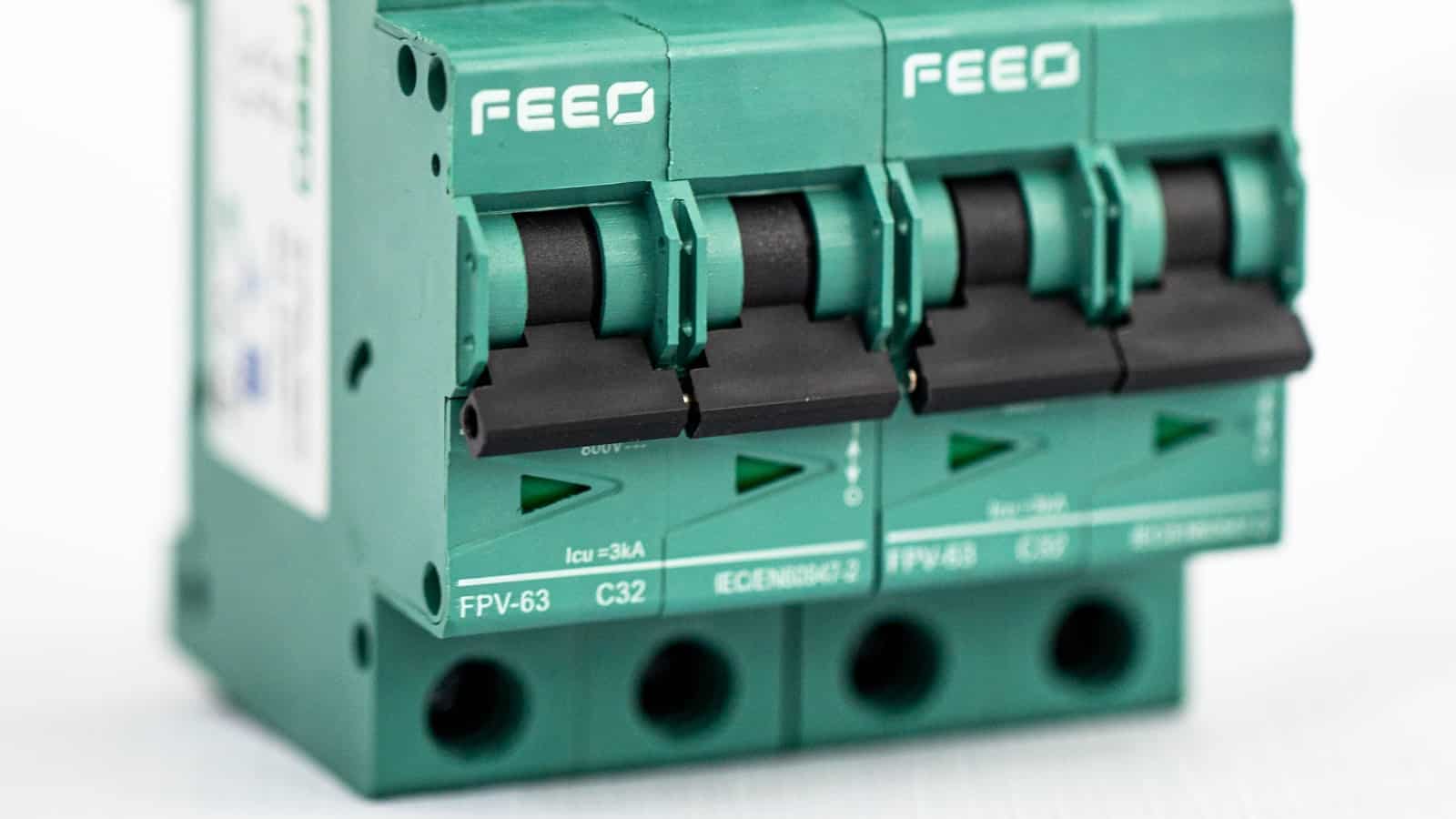 Read more: What are standard PCB thicknesses?
Read more: What are standard PCB thicknesses?Understanding PCB Thickness What is PCB thickness? PCB thickness refers to the overall thickness of the printed circuit board, including the copper layers, substrate material, and any additional coatings or finishes. The thickness is typically measured in millimeters (mm) or mils (thousandths of an inch). Why is PCB thickness important? […]
-
Are printed circuit boards made in the USA?
Posted by
–
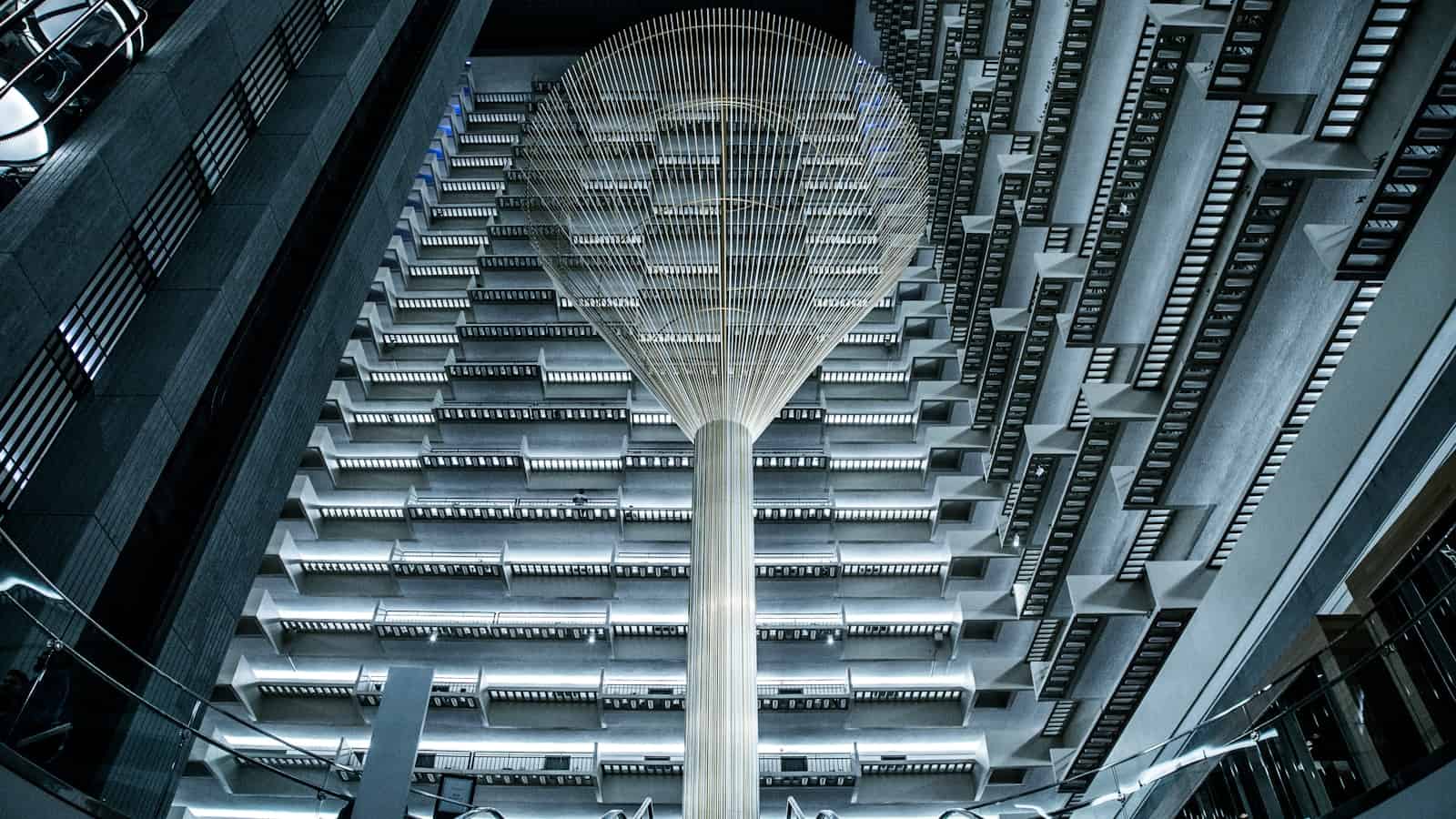 Read more: Are printed circuit boards made in the USA?
Read more: Are printed circuit boards made in the USA?The State of PCB Manufacturing in the USA The printed circuit board (PCB) industry has seen significant changes over the past few decades, with many manufacturers moving their operations overseas to countries like China, Taiwan, and South Korea. However, there are still companies that produce PCBs in the United States, […]
-
What is a PCB designer?
Posted by
–
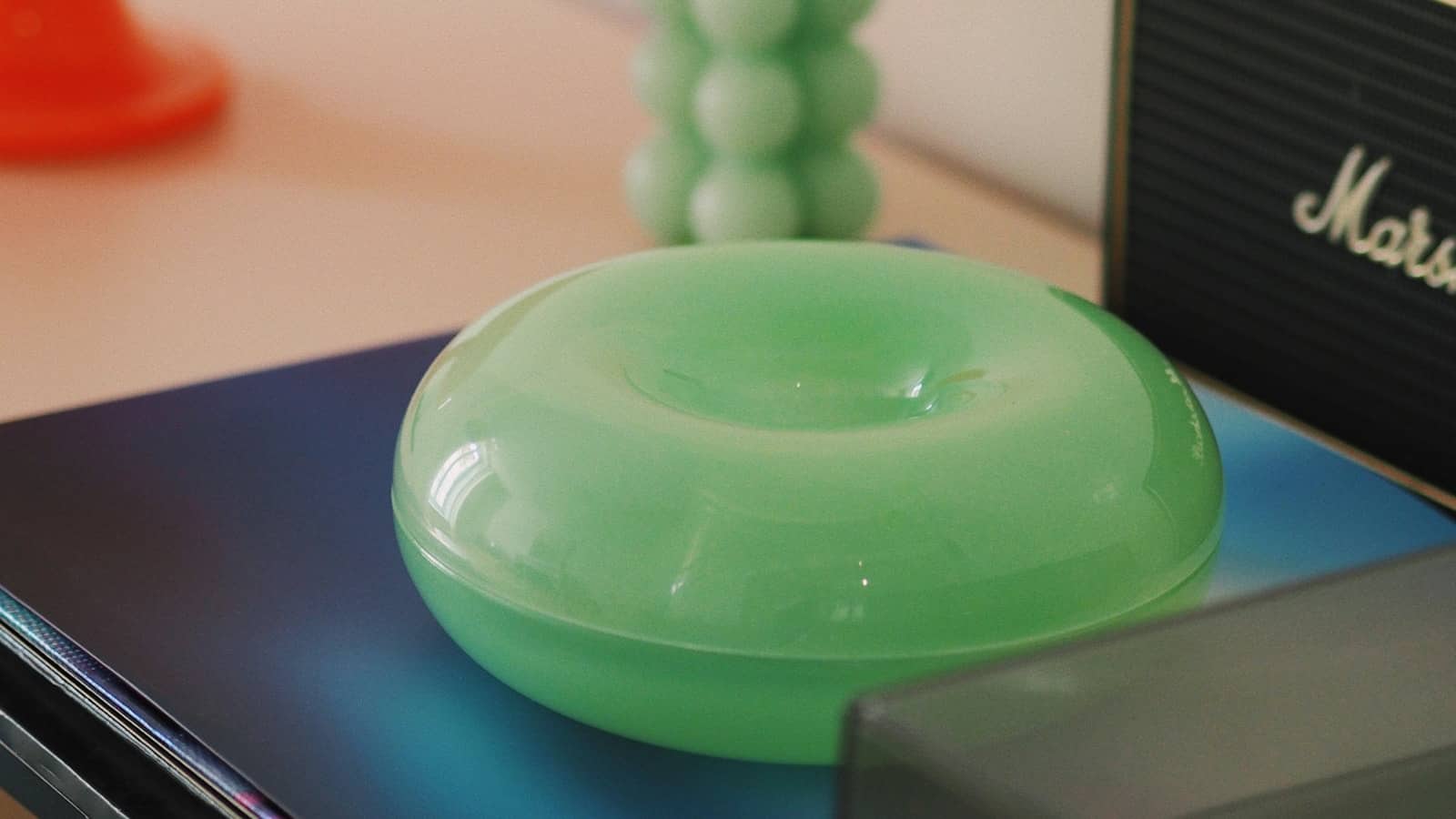 Read more: What is a PCB designer?
Read more: What is a PCB designer?The Role of a PCB Designer Design and Layout The primary responsibility of a PCB designer is to create the physical layout of the electronic circuit on the printed circuit board. This involves: Placing components: Determining the optimal location for each component on the board, taking into account factors such […]
-
What is PCB prototyping?
Posted by
–
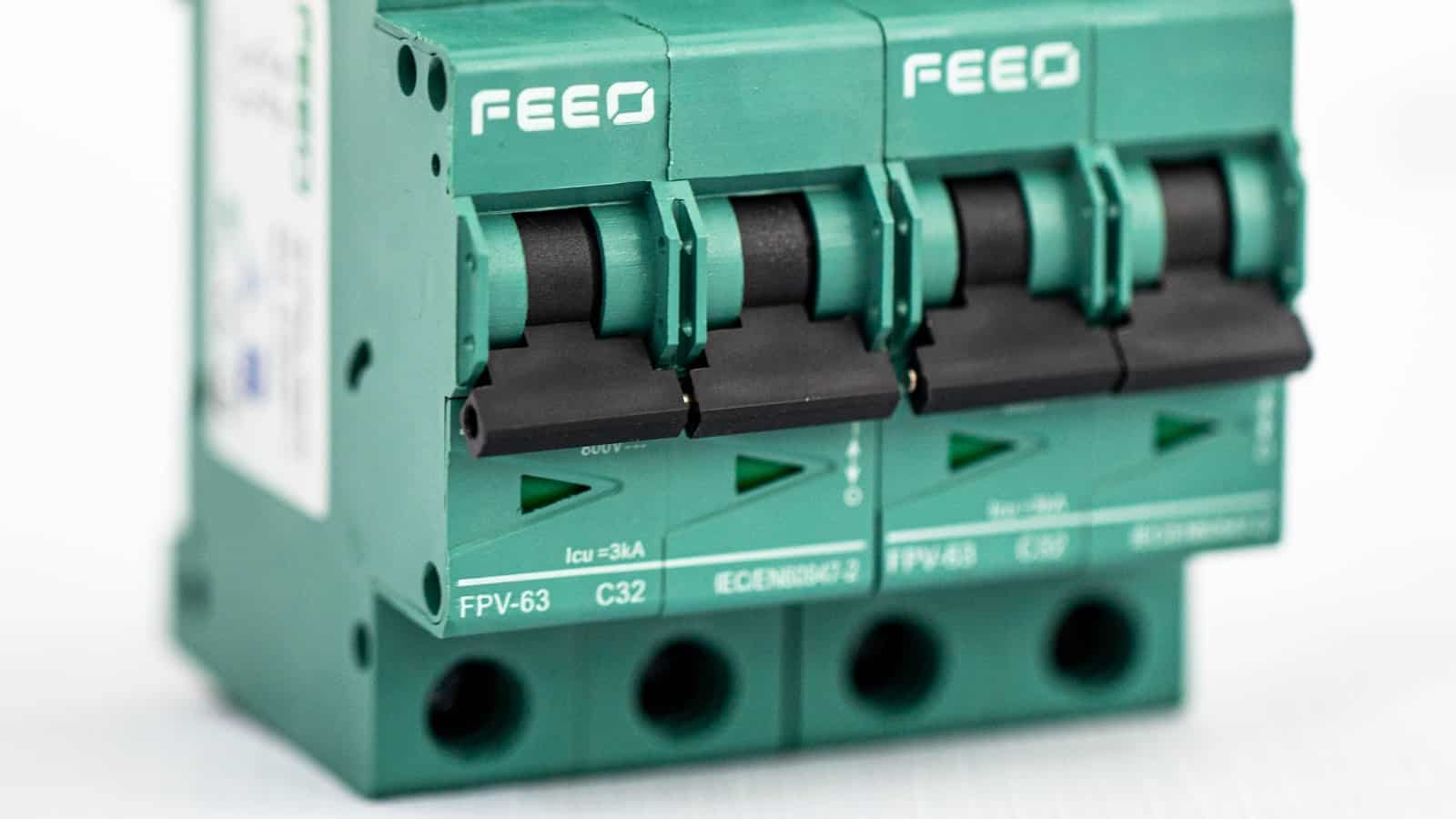 Read more: What is PCB prototyping?
Read more: What is PCB prototyping?The Importance of PCB Prototyping PCB prototyping serves several essential purposes in the electronics industry: Design Validation: Prototyping allows engineers to test the PCB design and ensure it meets the desired specifications and requirements. Functionality Testing: By assembling and testing a prototype, engineers can verify that the PCB functions as […]
-
What material is PCB made of?
Posted by
–
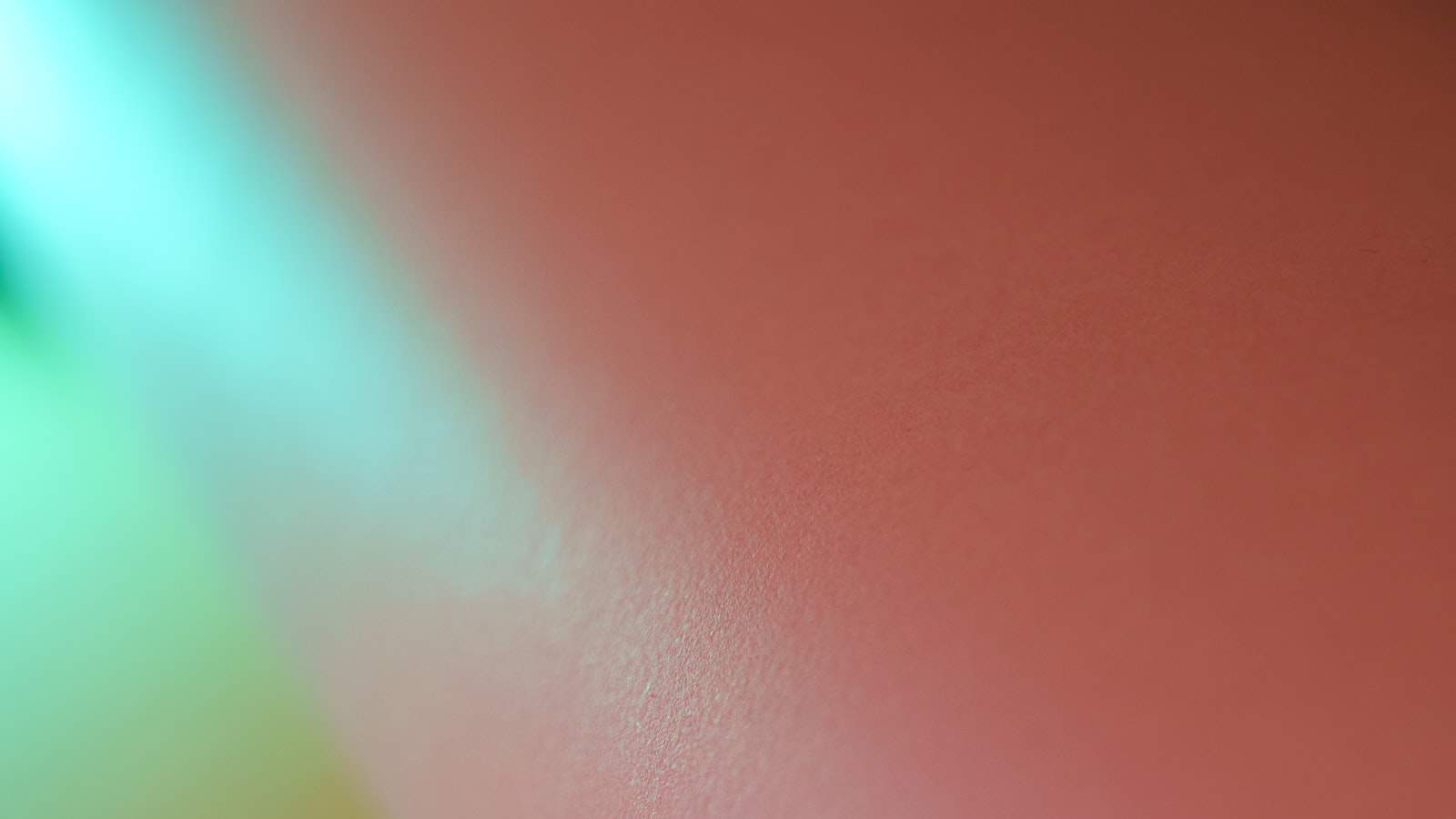 Read more: What material is PCB made of?
Read more: What material is PCB made of?Types of PCB Materials FR-4 (Flame Retardant 4) FR-4 is the most commonly used material for PCB fabrication. It is a composite material made of woven fiberglass cloth with an epoxy resin binder. The “FR” stands for “Flame Retardant,” indicating that the material is designed to be fire-resistant. Advantages of […]
-
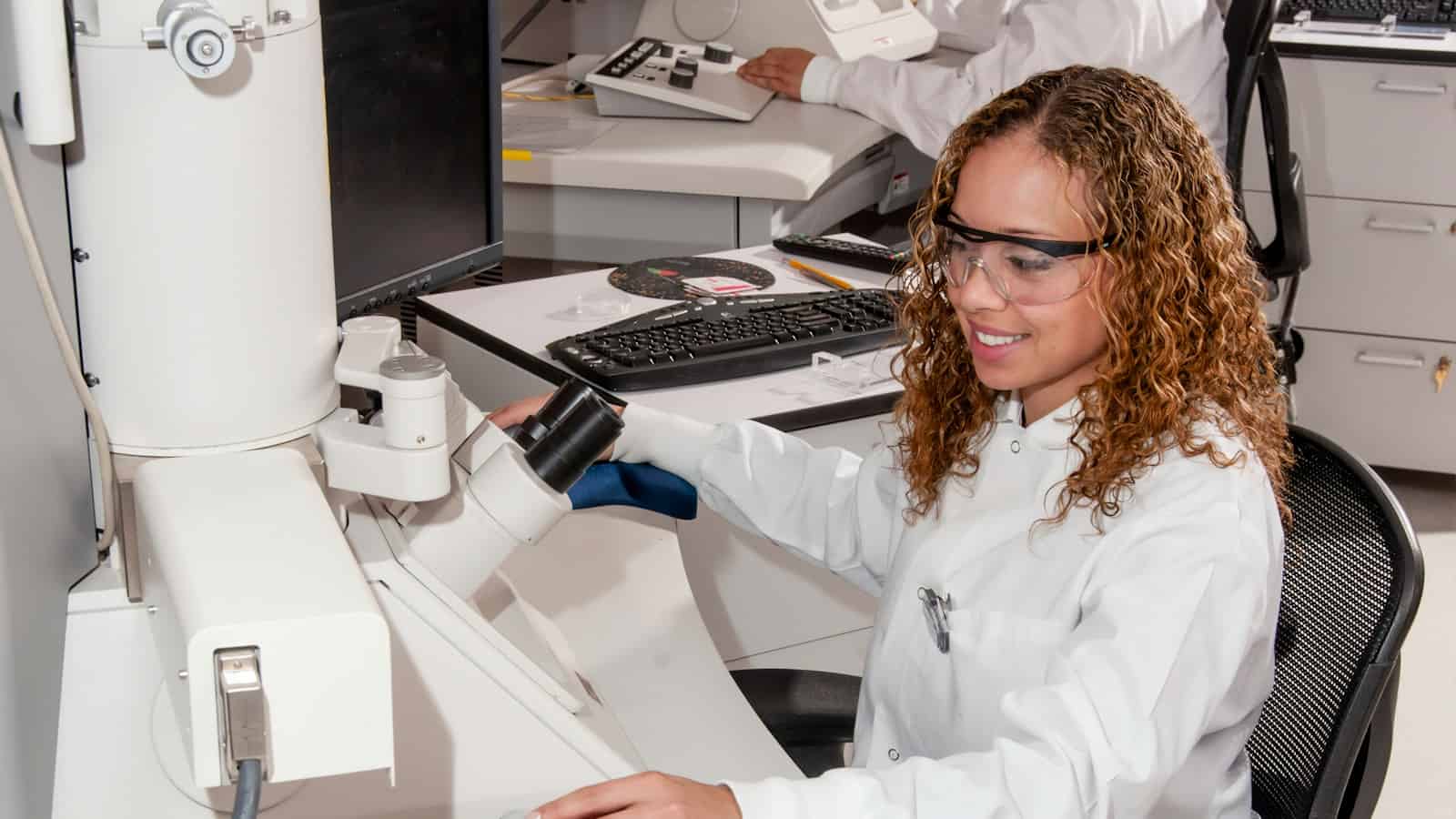 Read more: In-Circuit Testing and 6 Other PCB Testing Methods
Read more: In-Circuit Testing and 6 Other PCB Testing MethodsWhat is PCB Testing? PCB testing is a crucial step in the manufacturing process that verifies the functionality, reliability, and quality of printed circuit boards. It involves a series of techniques and procedures designed to detect defects, ensure proper connections, and validate the overall performance of the PCB. Request PCB […]
-
What is a PCB transformer?
Posted by
–
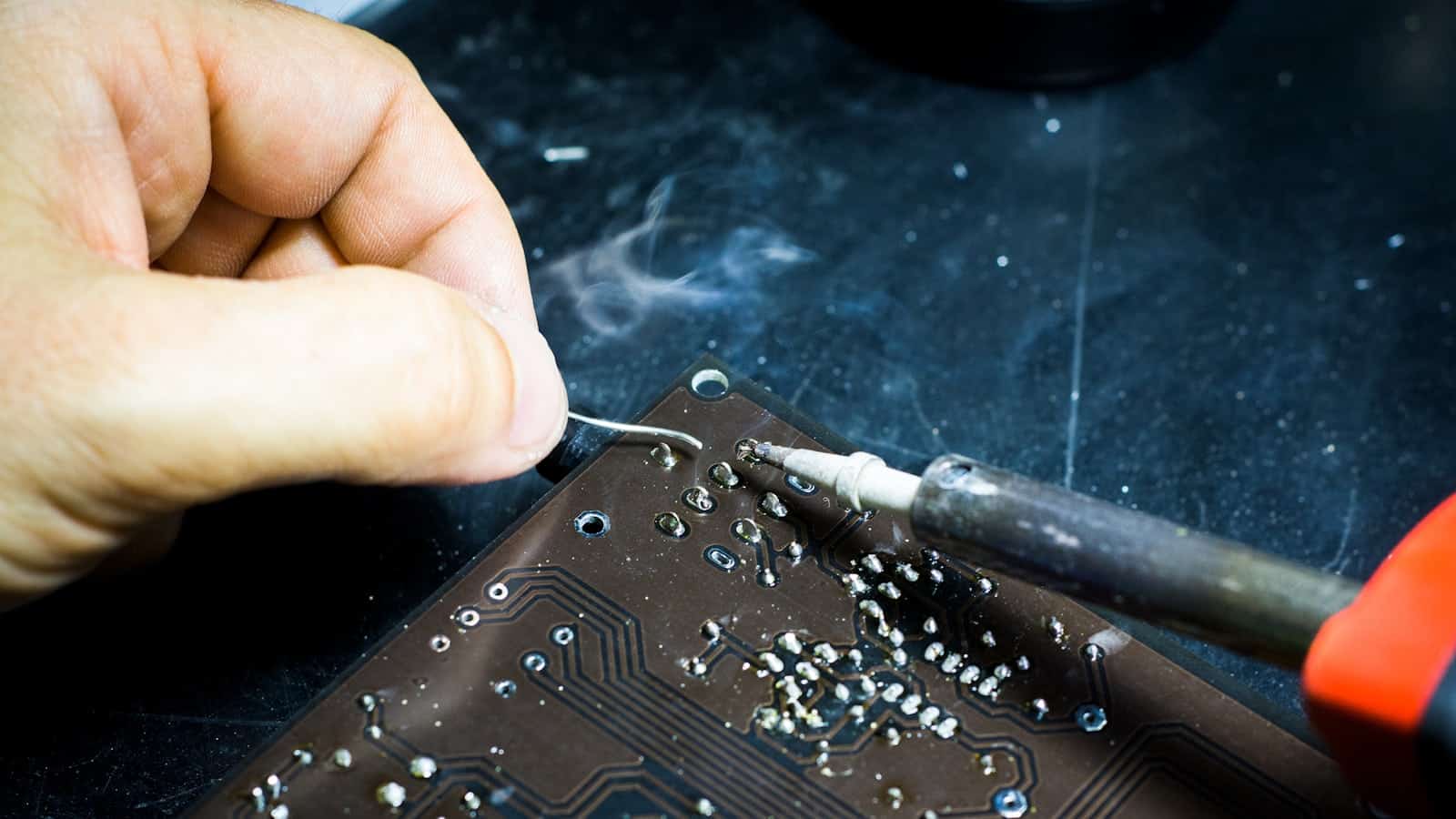 Read more: What is a PCB transformer?
Read more: What is a PCB transformer?How PCB Transformers Work Electromagnetic Induction PCB transformers operate on the principle of electromagnetic induction. They consist of two or more coils of insulated wire wound around a magnetic core. When an alternating current (AC) is applied to the primary coil, it creates a changing magnetic field within the core. […]
-
What is flex rigid PCB?
Posted by
–
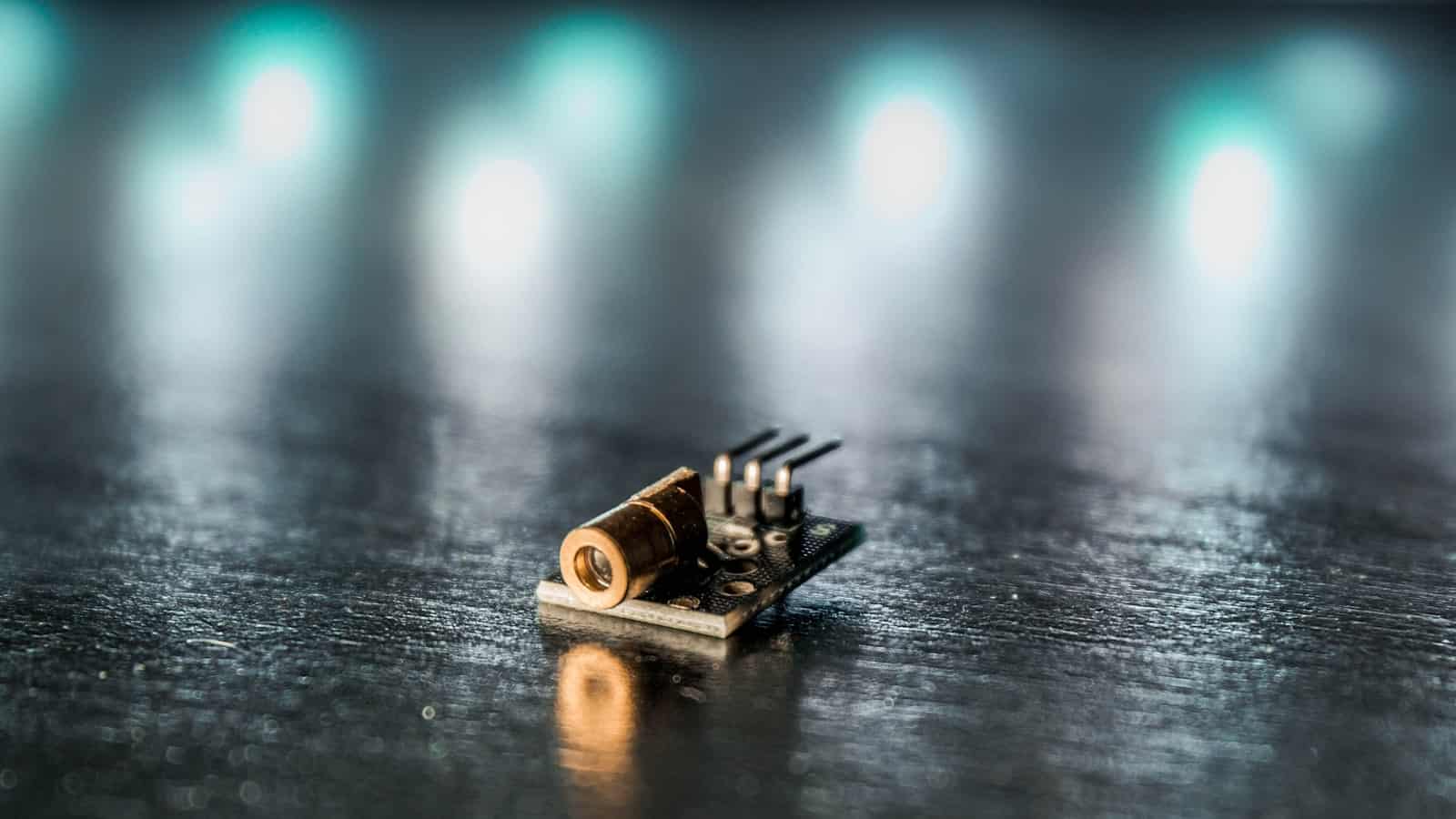 Read more: What is flex rigid PCB?
Read more: What is flex rigid PCB?What are the Key Features of Rigid Flex PCB? 1. Combination of Rigid and Flexible Substrates The most distinguishing feature of a rigid-flex PCB is its ability to incorporate both rigid and flexible substrates within a single board. The rigid portions of the board provide structural support and house components […]
-
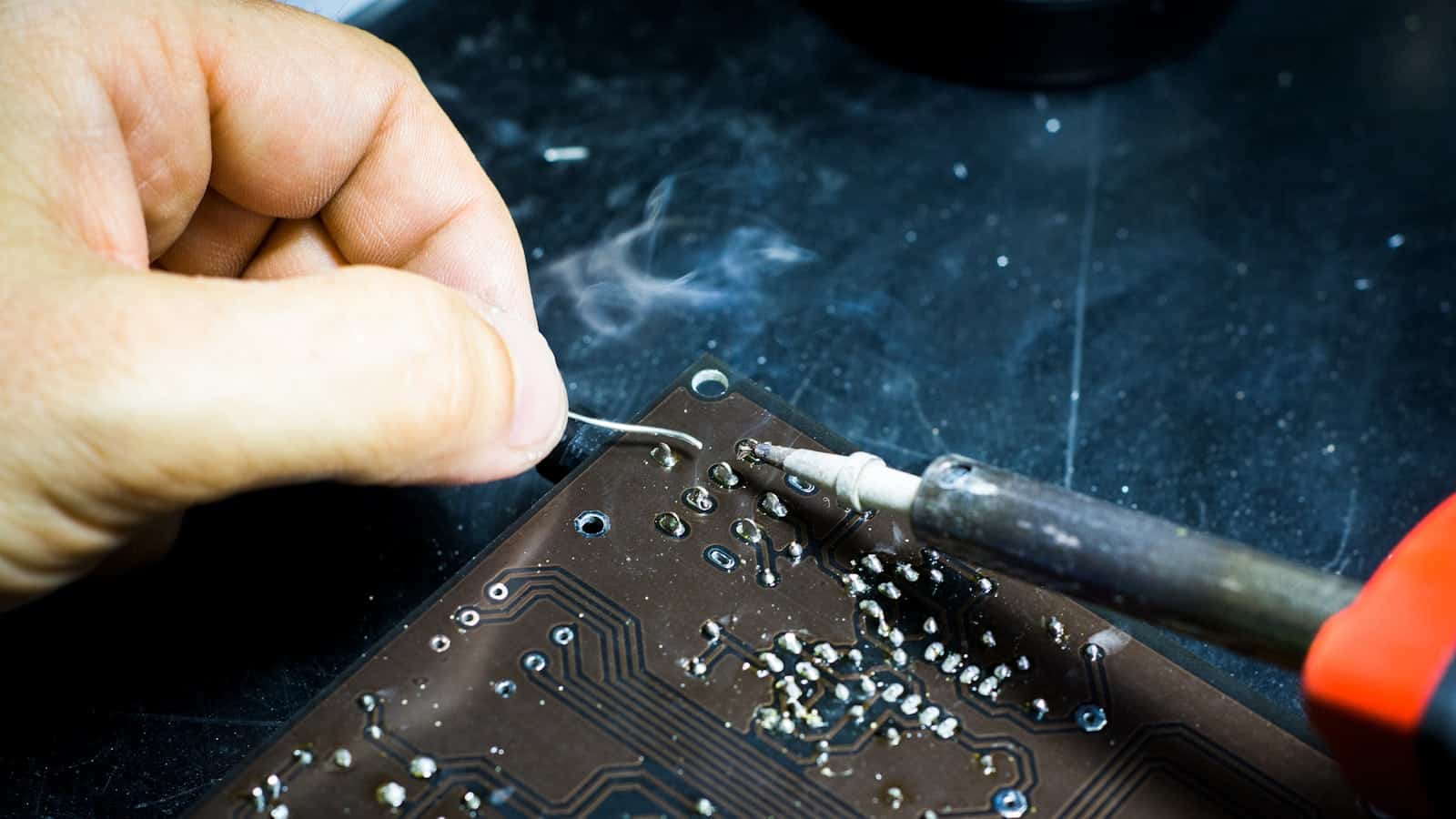 Read more: 15 Commonly Used Components on PCBs for Beginners
Read more: 15 Commonly Used Components on PCBs for Beginners1. Resistors Resistors are passive components that oppose the flow of electric current in a circuit. They are used to control voltage levels, divide voltages, and limit current flow. Resistors come in various types, such as carbon film, metal film, and wire-wound resistors. The resistance value is measured in ohms […]




